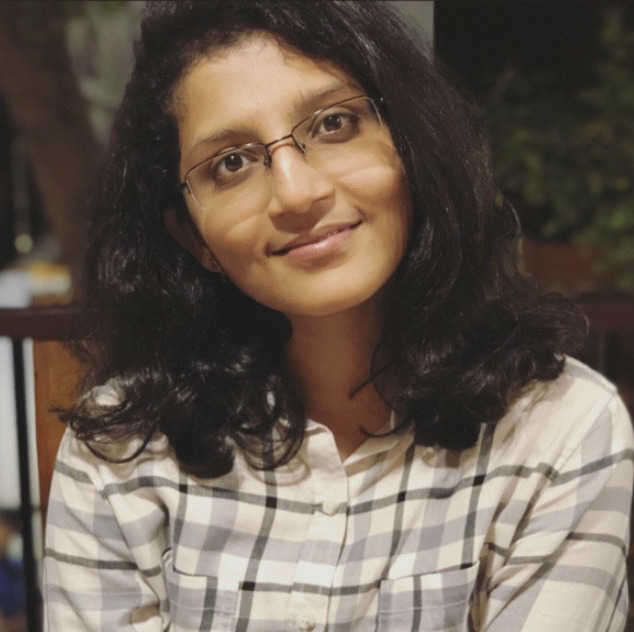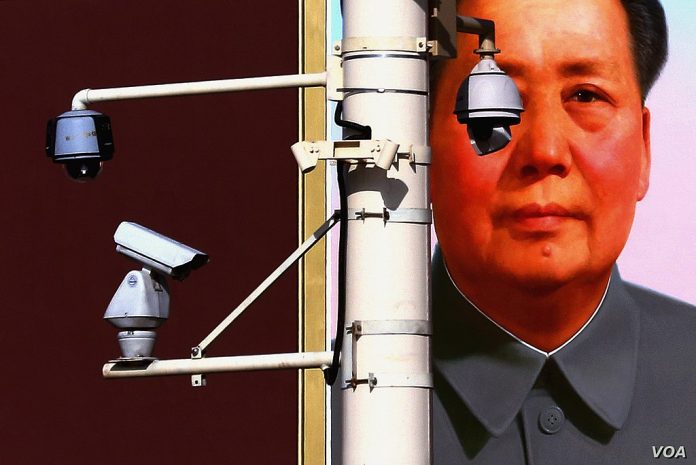Sergek, a Kazakh term meaning “sharp eye” connotes different things to different people. To the citizens of Kazakhstan, it is the watchful eye that scrutinizes every movement and carefully catches the dissidents. To the Kazakh government, it represents unfettered information control and the most preferred one in its surveillance toolkit. But to the manufacturers of such equipment, it means a new, lasting influence in the region. So far, two big players — Russia and China, are leveraging this highly rewarding space to gain unrivalled clout in Central Asia. While the former is Central Asia’s oldest partner, the latter is a relatively new but seasoned player.
To Central Asia’s delight, China and Russia have been exporting surveillance systems independently, making it the latest addition to the list of spaces that Russia and China have capitalized on in the Central Asian region. The range of surveillance technologies offered by the two are wide and complementary, thereby creating a space that is conducive to both cooperation and competition. How this pans out would depend on a multitude of factors – the convergence of China and Russia’s interests, Central Asian governments’ demand for different kinds of surveillance tools and public perceptions towards the same. But sooner or later, surveillance could well be the new rule defining the Central Asian game between Russia and China.
It’s no new fact that Russia and Central Asia share several years of close partnership. But what is rather noteworthy is that their political systems, leadership style and human rights record bear an unsettling resemblance to China’s. Not only has this brought China closer to Central Asia, it has also produced a conducive environment for China — style project implementation. Although countries in Central Asia bear the scars of the Soviet legacy, their repressive systems are not merely a product of their past. Through the export of surveillance technology, China has also been doing its part in perpetuating the authoritarian style of government in the region, many of which complement Russia’s own surveillance models.
Russia and China together provide a complete surveillance package that encompasses all the legal, institutional and technical tools necessary to track and control citizens. Russia is more old school in its approach, relying heavily on the legal system to back government use of surveillance technologies. Uzbekistan’s surveillance laws were derived from Russia’s own legal system for surveillance. Russia’s SORM framework, known as the System of Operative Search Measures was replicated in Kazakhstan. Kyrgyzstan purchased SORM equipment from Oniks-Line and Signatek. So far, the Russian model has survived as a feasible alternative. But a system that depends largely on legal and administrative techniques may not favour the Central Asian governments for too long. As more civil society groups across the region collectively start to question the human rights violations arising out of legitimising state surveillance, Russia’s model might become outdated and less appealing.
That leaves Central Asia with China’s advanced surveillance tools. Within a short span, China has been able to attract a sizable demand for its facial recognition technologies in Central Asia. As China-manufactured video cameras become ubiquitous in the region, it appears that China’s interest in Central Asia goes beyond the ambitious Belt and Road Initiative. With Kazakhstan, Kyrgyzstan and Tajikistan sharing borders with Xinjiang, Central Asia is imperative to how China manages its domestic affairs beyond its territory. For instance, last year, Reuters uncovered China’s use of cyberspace technology to track the movements of Uighurs moving across the border. One among the countries whose telecom networks was hacked by China was Kazakhstan. The public are perennially kept in the dark, especially when it comes to how the surveillance information is stored and shared.
In Uzbekistan, the Safe Cities surveillance project for which the equipment was manufactured by Huawei was launched with the aim of fighting crime and enhancing security. Despite the said goals, citizens have not welcomed the new partnership since the deal came through without informing the public. There is also a growing suspicion that the information captured by these local surveillance systems are accessed by China. This is, in fact, typical of all Chinese deals in the region. China almost always offers its assistance in packages with each element being a prerequisite of another. For instance, the intensive surveillance mechanism is a necessary condition for Chinese investments. In return for digital cooperation, Central Asian governments receive bulky projects under the Belt and Road Initiative.
Even though Russia’s method of information control might lose traction in the future, Russia is less likely to face public backlash for providing a domestic surveillance model for their countries to imitate. That stems from the fact that Russia’s tools for surveillance rely less on sophisticated technology and more on fear and force. So long as its surveillance models are less observable, Russia will continue to have a unique advantage in the form of favourable public opinion.
On the contrary, even under the guise of public security, China’s surveillance supply is more visible and hence a lot easier for the public to pin the blame on. Even as China offers a wider variety of equipment at competitive prices, it cannot implement them in Central Asia as covertly as Russia does. That also explains why the vast presence of China-engineered high-tech social control in the region has caused quite a stir among the public, especially at a relatively early stage in Central Asia-China relations.
Whether surveillance will be a source of cooperation or competition hinges upon the governments’ preference and public opinion. In all likelihood, the Central Asian governments will go for both the Russian and Chinese models, creating huge opportunities for cooperation between Russia and China. But if public opinion creates new challenges for the implementation of surveillance systems, the cooperation could turn into competition. How Russia and China plan to expand their export of authoritarian models through technology is still hazy. But for now, cooperation is still on the table.
The views and opinions expressed in this article are those of the author.



